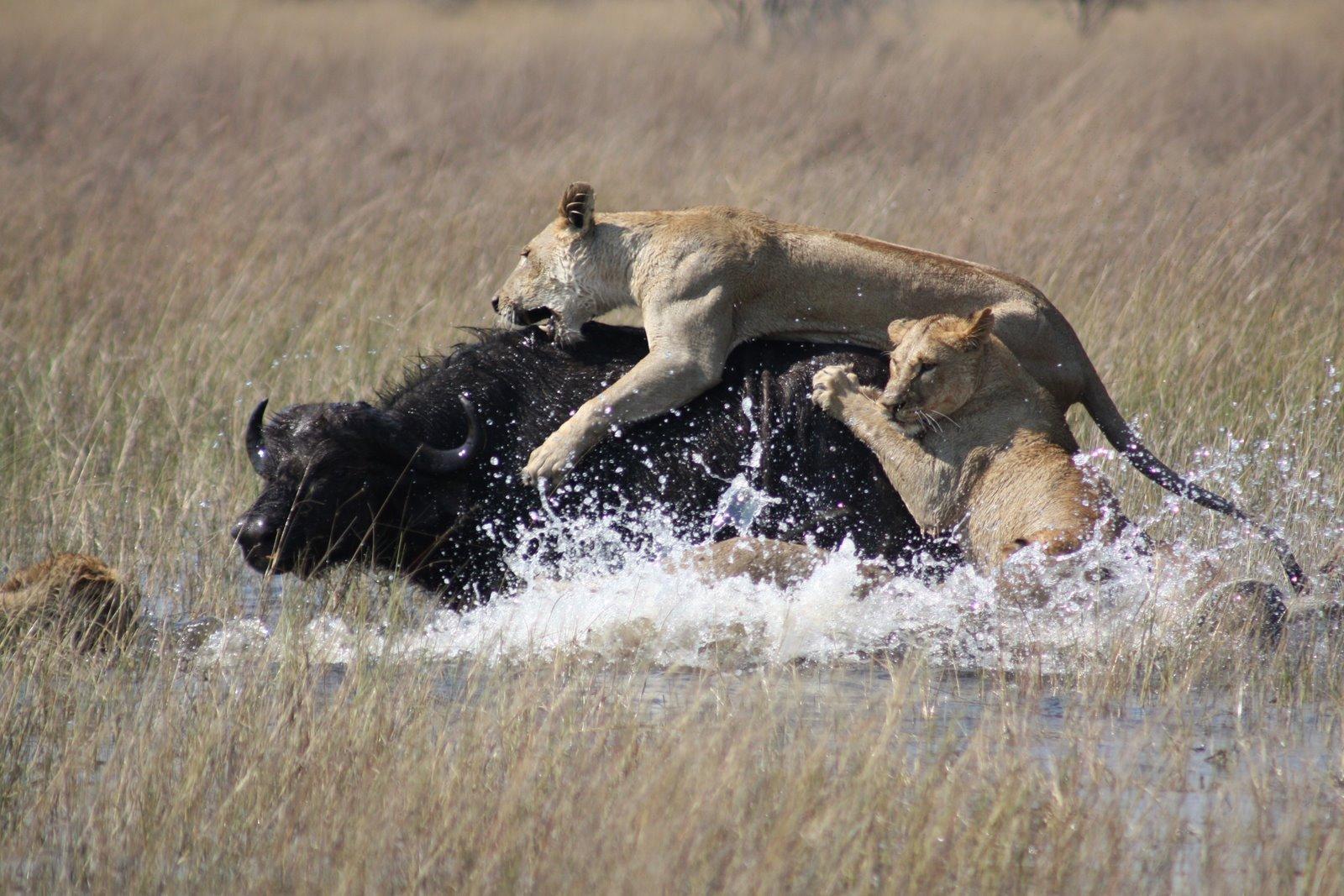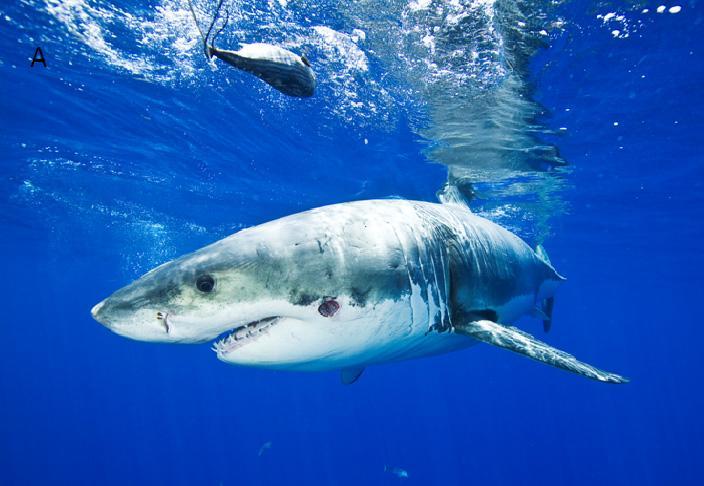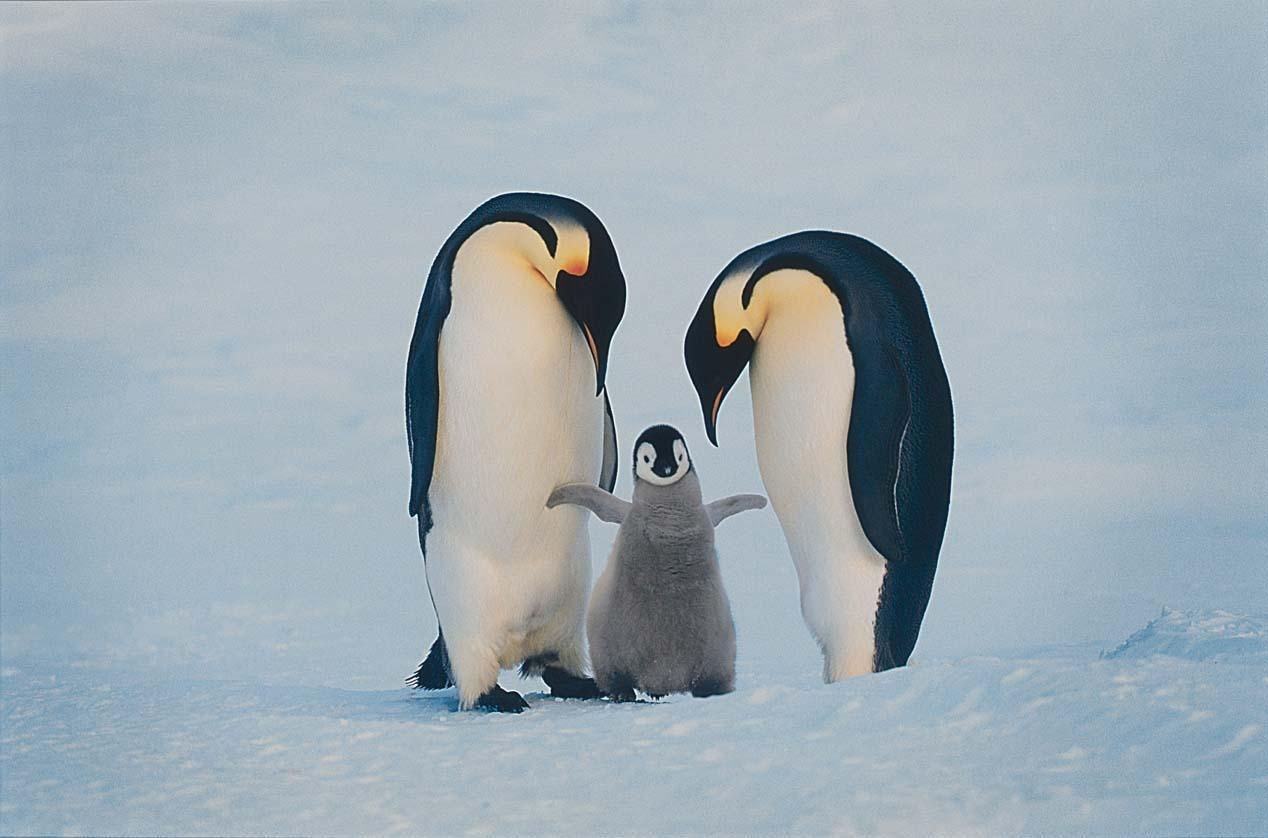Prey Animals List - Characteristics and Examples


The truth is that any animal can be preyed on, but this does necessarily make the animal a prey animal. In fact, prey animals are are easily distinguishable from those that are not. However, the relationship between prey and predatory animals is fundamental when it comes to ecological balance.
For more about prey animals, discover our list of over 30 prey animals here at AnimalWised, characteristics and examples included!
Predator and prey examples
Within the food chain, prey animals are linked between the primary producers (autotroph organisms) and the secondary or tertiary consumers. These prey animals are often herbivorous. However, it’s important to know that secondary consumers, despite being carnivorous or omnivorous animals, can also be preyed upon by superpredators.
Prey animals do have a series of characteristics which define them. Next, we detail the characteristics of the animals that are prey:
- Eyes: prey animal eyes are usually placed on the sides of their face so that they have a wider vision-span. In addition, each eye usually has more than one fovea, which is the point inside the eye where all the light rays converge, whereby an image analyzed by the brain is formed. For example, pigeons have two foveas that allow them to see front and back at the same time.
- Camouflage: these animals have strategies to escape predation, such as camouflage, specific escape strategies, living in social groups and shelters.
- Sleep: many prey animals sleep very little. For example, a cow sleeps about 4 hours a day, whereas a cat can sleep up to 18 hours without problems.
- Toxic substances: some prey animals have glands that produce blinding, malodorous or toxic substances which they release to scare off predators.
On the other hand, when it comes to predator animal facts, these animals are often carnivorous or omnivorous animals. They may have claws, sharp teeth, strong jaws, venom or other features which allow them to capture their prey. In addition, predator animals usually occupy the last links of the food chain.
For more, you may be interested in taking a look at our article where we discuss symbiosis definitions and examples.
Examples of prey animals
Some species are refereed to as ‘generalist species’, while others are ‘specialist species’. This means that some predators can feed on many different prey and others feed on only one or two species. In many cases, some of the species that are part of these "predator-prey" relationships have maintained this relationship for a long evolutionary period. Examples of the predatory-prey animals include:
- Iberian lynx (Lynx pardinus) and European rabbit (Oryctolagus cuniculus)
- Anteater (Myrmecophaga tridactyla) and termites or ants (several species)
- Barbastelle bat (Barbastella barbastellus) and moths (family Arctiidae)
The majority of predatory animals, however, are generalist species.This means that they are able to feed on several different species:
- Lion (Panthera leo) and several ungulate species
- Eurasian Eagle owl (Bubo bubo) and rodents
- White shark (Carcharodon carcharias) and several fish species

Prey animals list
For an ecosystem to remain stable, there must be a greater population of prey than predators. Some of the most important prey animals of the biome include:
Desert prey animals or semi-arid zones:
- Camel (Camelus sp.)
- Dromedary (Camelus dromedarius)
- North African ostrich (Struthio camelus camelus)
- Addax (Addax nasomaculatus)
- Meerkat (Suricata suricatta)
For more, take a look at our complete list of desert animals.
Savannah prey animals:
- Common gazelle (Gazella dorcas)
- Thomson's gazelle (Eudorcas thomsonii)
- Gemsbok or South African oryx (Oryx gazella)
- Plains zebra (Equus quagga)
- Giraffe (Giraffa camelopardalis)
- Black wildebeest (Connochaetes gnou)
- Speckled mouse bird (Colius striatus)
- Southern masked weaver (Ploceus velatus)
- Common waxbill (Estrilda astrild)
Prey animals in the tropical jungle:
- Water chevrotain (Hyemoschus aquaticus)
- Goliath beetle (Mecynorrhina ugandensis)
- Kissing gourami (Helostoma temminckii)
- Sumatran Elephant (Elephas maximus sumatranus)
- Blue-and-yellow Macaw (Ara ararauna)
- Capybara (Hydrochoerus hydrochaeris)
- Lappet (Gastropacha quercifolia)
- Citrus swallowtail (Papilio demodocus)
- Red-faced spider monkey (Ateles paniscus)
Pole prey animal:
- Emperor penguin (Aptenodytes forsteri)
- King penguin (Aptenodytes patagonicus)
- Southern rochopper penguin (Eudyptes chrysocome)
- Krill (Euphausia sp.)
- Harp seal (Pagophilus groenlandicus)
- Reindeer (Rangifer tarandus)
- Arctic hare (Lepus arcticus)
- Snowy Sheathbill (Chionis alba)
For more take a look at our Arctic animals list.

If you want to read similar articles to Prey Animals List - Characteristics and Examples, we recommend you visit our Facts about the animal kingdom category.







